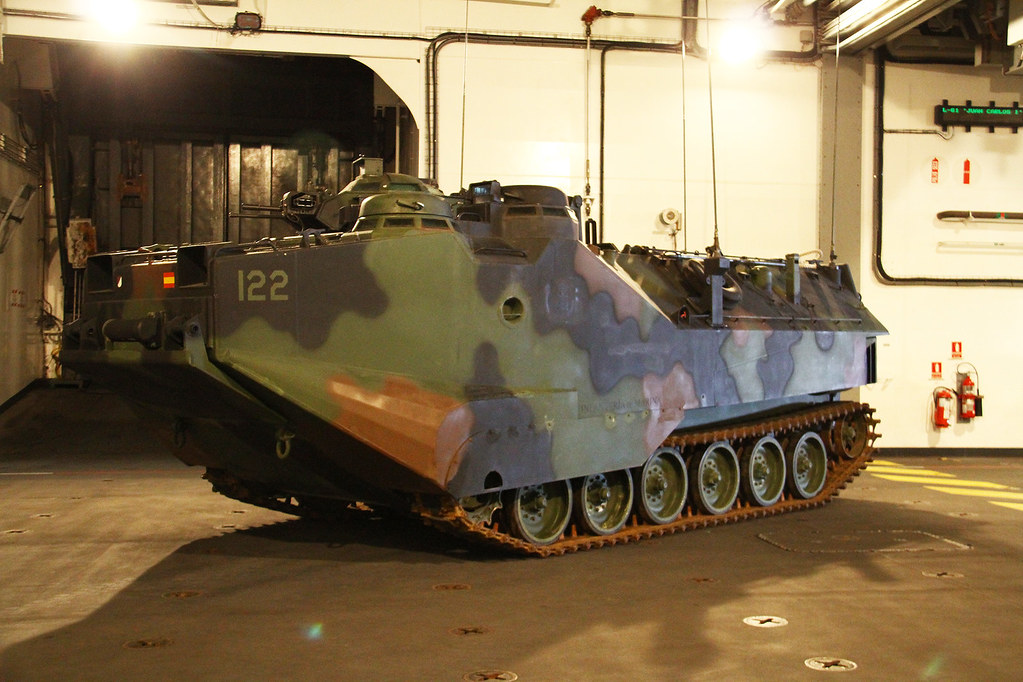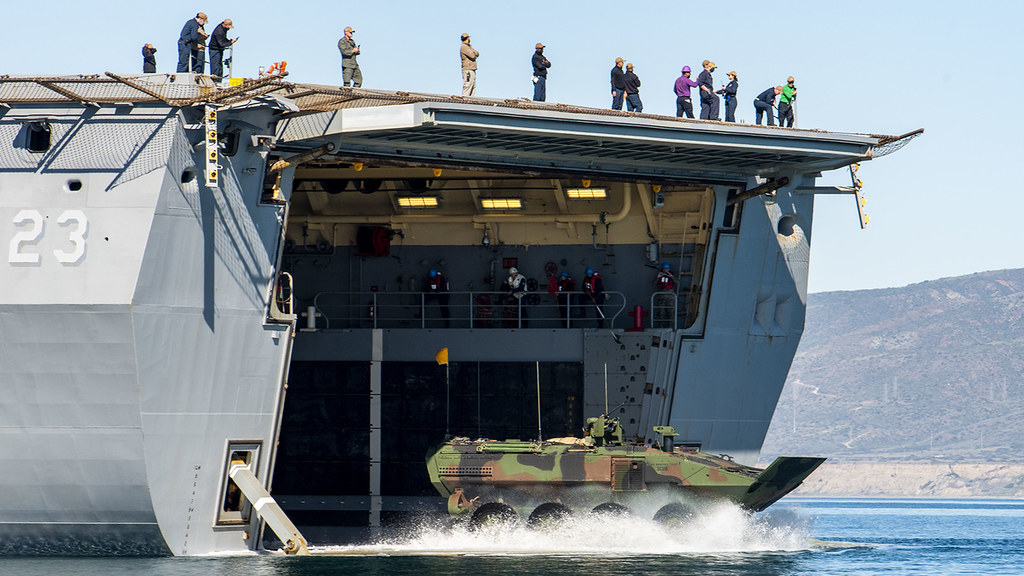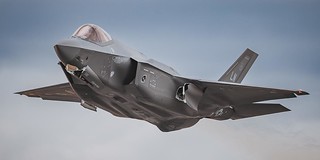ACV: this is the amphibious armored vehicle in which the Spanish Marine Infantry is interested
A few weeks ago the Amphibious Combat Vehicle (ACV) from Iveco and BAE Systems was presented for the first time in Europe.
The place chosen for the presentation was the International Defense and Security Fair of Spain (FEINDEF) held in Madrid. It was no coincidence that Spain was chosen to show this vehicle for the first time in Europe. In April of last year, the Spanish Navy showed its interest in ACV through an article published in its official magazine, as a possible replacement for the already veteran AAV-7 tracked amphibious vehicles that the Spanish Marine Infantry has. It has 19 in service: 16 in the personnel carrier version, two for command and one for recovery.

That article, signed by Marine Infantry Lieutenant Colonel Miguel Hernández Suarez-Llanos, stated that "the shortage of budget and the existence of other priorities have meant that the old AAV-7A1 version continues in service in the Navy. The age of these vehicles (around half a century) inevitably affects maintenance costs and their operating capacity which, despite being already too low, continues to decrease over time."

Among the different options available for its replacement, the Army General Staff opted for the AAV RAM/RS, the version of the AAV-7 currently in service with the United States Marine Corps (USMC), but "the current budgetary situation and the low priority assigned have caused this program to be frozen". Nevertheless, that choice was made "while keeping an eye on the evolution ACV Program as a potential long-term solution."

The Amphibious Combat Vehicle (ACV) emerged in 2011. The United States Marine Corps selected BAE Systems to build the new vehicle, a model on 8x8 wheels, unlike the AAV-7, which was a tracked vehicle. Currently, the USMC already has the ACV in service, having four versions: the personnel carrier vehicle ACV-P (390 units acquired by the USMC), the command vehicle ACV-C (33 units), the recovery vehicle ACV-R (34 units) and the infantry fighting vehicle ACV-30 ( 175 units), equipped with an unmanned turret armed with a 30 mm cannon.

The Marines are proceeding to replace their AAV-7 RAM/RS with the ACV with "very positive results", as highlighted by the Spanish Navy in the aforementioned article, stating in concrete that they can navigate in sea state conditions of up to level 3, that their speed at sea is 6 knots (somewhat less than the 8.2 of the AAV-7) and that both vehicles have a similar range in the water (12 miles in the case of the ACV), and with the advantage that during navigation "the ACV offers a lower profile than the AAV (it is more submerged in the water)". In addition, navigation is smoother in the ACV.

Regarding its capabilities on land, the ACV is faster than the AAV-7 (105 km/h versus 72 km/h, respectively), it can overcome frontal slopes of up to 60º inclination (similar to its predecessor), it has much more power than the AAV-8 and its maneuverability is very similar, despite the apparent disadvantage of the wheels compared to the chains. In relation to this difference, an aspect highlighted by the Spanish Navy is "it is the smallest logistical footprint of any wheeled vehicle compared to another with chains".

The interest of the Spanish Marine Infantry in the ACV is also increased by the fact that it has an infantry fighting vehicle (IFV) version, since the current vehicles of this type of the Tercio de Armada, The MOWAG Pirahna IIIC will begin to complete their life cycle in 2028. In the aforementioned article, the Spanish Navy already raised the possibility that the ACV could replace both the Spanish AAV-7 and Piranha IIIC: "This standardization would bring about obvious advantages and cost savings in terms of maintenance, training, infrastructure, interoperability and even organization."

The ACV offers a notable advantage over other competitors such as the Piranha IIIC, Piranha V and the VCR Dragon, being able to embark 13 equipped soldiers compared to 8 for the cited three models. For the rest, their benefits are very similar both in speed and in autonomy and in their ability to overcome slopes. The Spanish Navy also values the ACV design for its ease of developing other versions, such as a logistics and ambulance vehicle, a sapper vehicle and a ground surveillance vehicle. As for figures, the Navy has indicated that it would need between 60 and 65 vehicles in different versions to replace the 19 AAV-7s and the 39 Piranha IIICs that it has in service.

Of course, not all are advantages. One of the most unfavorable aspects of ACV for Spain, according to the Navy, is its low industrial return, as it is a vehicle manufactured entirely abroad. All in all, there is no similar vehicle on the Spanish market, and the cost of developing one would not be offset by the few units needed by the Spanish Marine Corps. For the rest, the forecast is that the ACV will be available for export to other countries in 2026, a reasonable period of time considering that no budget item has yet been approved to replace the AAV-7. The Navy has already warned: "The alternative is the definitive loss, in the short term, of a unique capability for the Armed Forces."
---
Main photo: BAE Systems. An ACV-30 infantry fighting vehicle.
|
Don't miss the news and content that interest you. Receive the free daily newsletter in your email: |
- Most read
- The brutal 'touch and go' of a Lufthansa Boeing 747 at Los Angeles Airport
- Portugal confirms that it has begun its transition to the F-35 and indicates bad news for Spain
- A Corporal of the Regular Forces of the Spanish Army dies in an exercise in Poland
- Eurofighter vs F-35: the opinions of professional pilots on these advanced fighters
- The ruins of the old Yugoslav radar station at Gola Plješevica, Croatia
- The deployment of Spanish soldiers of the Regulars and BRILAT near Russian territory
- Sierra Army Depot, a huge United States base with hundreds of Abrams tanks stored

 ES
ES







Opina sobre esta entrada: